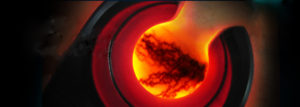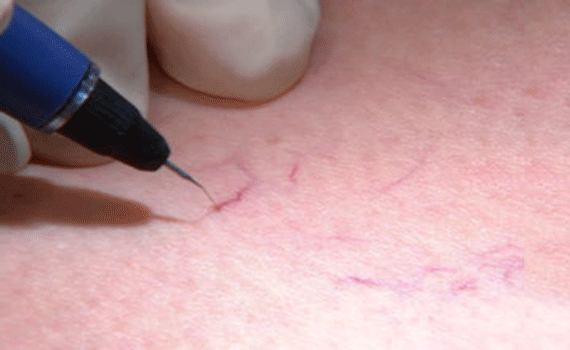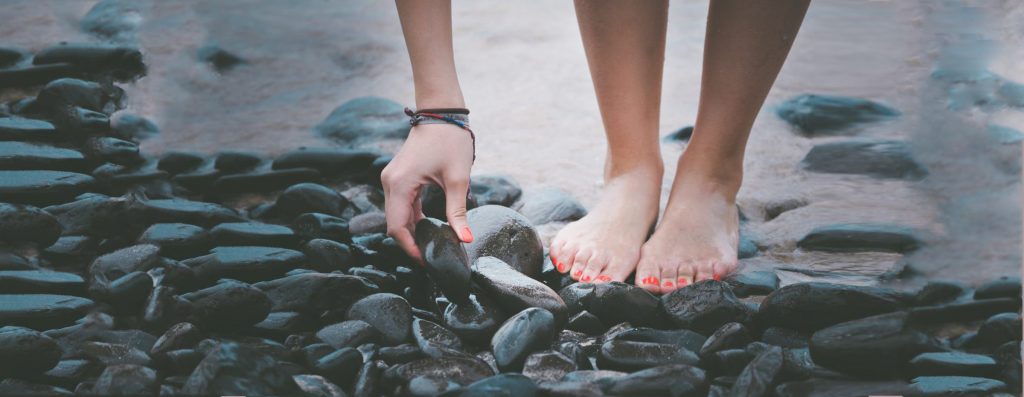What are Spider Veins
 Spider veins are extremely common and are smaller red, purple and blue vessels that are easily seen through the skin, mainly affecting the face, chest and legs. Unlike varicose veins, spider veins are typically not raised above the skin’s surface. They are usually harmless, though they can be embarrassing and may cause symptoms of itching, irritation, discomfort and aching pain especially when standing for long periods. The causes of thread veins are unknown although they may be caused by prolonged standing as well as being a possible inherited condition.
Spider veins are extremely common and are smaller red, purple and blue vessels that are easily seen through the skin, mainly affecting the face, chest and legs. Unlike varicose veins, spider veins are typically not raised above the skin’s surface. They are usually harmless, though they can be embarrassing and may cause symptoms of itching, irritation, discomfort and aching pain especially when standing for long periods. The causes of thread veins are unknown although they may be caused by prolonged standing as well as being a possible inherited condition.
Prior to your treatment you will have a consultation where all your questions are answered and you are assessed for your suitability to proceed as sometimes thread veins are an indication of underlying varicose veins which may not be visible. Treatment of the thread veins will not be successful unless the underlying problem treated. Once underlying varicose veins have been treated or excluded, local treatment of the thread veins is much more likely to be successful.
Treatment options
1) Microsclerotherapy
 This is an effective and relatively simple non surgical treatment which only takes 30-40 minutes. It doesn’t require anesthesia and only minimal discomfort is experienced during the procedure. A very fine needle is used to inject a solution into the vein, which causes it to perish and, over a course of treatments, disappear completely. Several veins can be treated at a time, however the number of treatment sessions depends on how many areas need to be treated although we generally recommend on average 3 treatments. Dressings and a compression stocking are applied following the treatment.
This is an effective and relatively simple non surgical treatment which only takes 30-40 minutes. It doesn’t require anesthesia and only minimal discomfort is experienced during the procedure. A very fine needle is used to inject a solution into the vein, which causes it to perish and, over a course of treatments, disappear completely. Several veins can be treated at a time, however the number of treatment sessions depends on how many areas need to be treated although we generally recommend on average 3 treatments. Dressings and a compression stocking are applied following the treatment.
2) Veinwave
 This uses a thermo-coagulation (heating) technique to obliterate superficial thread veins. A very fine needle is introduced over the vein which transmits the local heating effect and in most cases the vein disappears instantly without bruising or discomfort. No local anaesthetic is necessary and no bandaging is required.
This uses a thermo-coagulation (heating) technique to obliterate superficial thread veins. A very fine needle is introduced over the vein which transmits the local heating effect and in most cases the vein disappears instantly without bruising or discomfort. No local anaesthetic is necessary and no bandaging is required.
This treatment is suitable for most of the thread veins affecting the lower limbs.
.
3) Laser surgery
Laser surgery works by sending strong bursts of light into the vein that make the vein slowly fade and disappear. The treatment is often less effective than sclerotherapy, particularly for larger veins.

